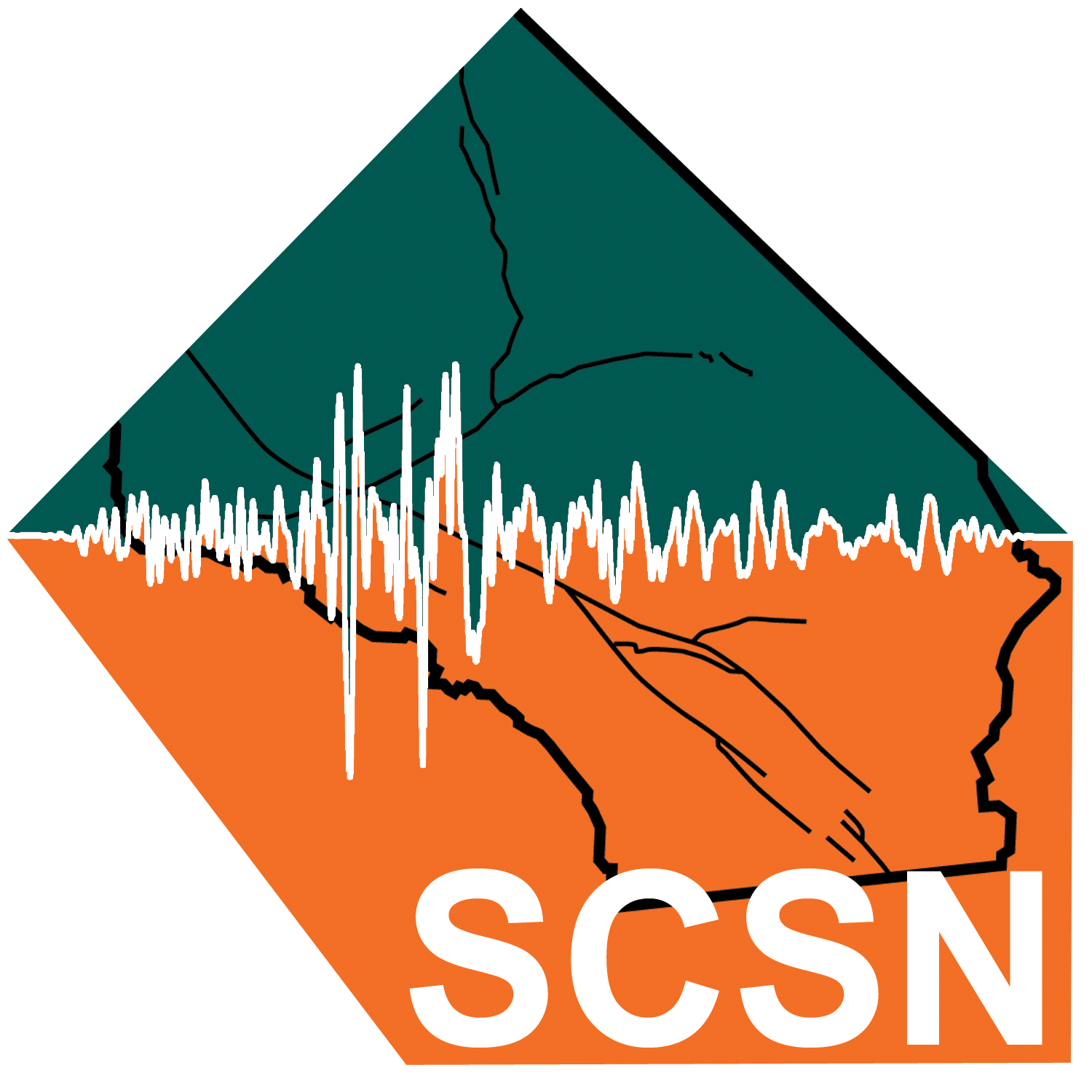Earthquake Information
Chronological Earthquake Index
Joshua Tree Earthquake
TYPE OF FAULTING: right-lateral strike-slip
TIME: April 22, 1992 / 9:50:23 pm PDT
LOCATION: 33° 57.6' N, 116° 19' W 18 km (11 miles) east of Desert Hot Springs 29 km (18 miles) north of Indio
MAGNITUDE: MW6.1
DEPTH: 12.4 km
Preceeded by a magnitude 4.6 foreshock -- which, by itself, caused a stir -- the Joshua Tree earthquake raised some alarms due to its proximity to the San Andreas fault. A San Andreas Hazard Level B was declared following this quake, meaning that a 5 to 25% chance existed for an even larger earthquake happening along the San Andreas fault within 3 days. That never happened, of course, but roughly two months and 6000 aftershocks later, the Landers earthquake broke the surface of the Mojave in the largest quake to hit southern California in 40 years, showing that the concern caused by the Joshua Tree earthquake was warranted, though not in quite the same way as anticipated.
The aftershocks of the Joshua Tree quake suggested that the fault which slipped in the shock was a north-northwest-trending, right-lateral strike-slip fault at least 15 km long. From this and the location of the shocks, one can infer that the Eureka Peak fault may have been the fault responsible for this earthquake.
Damage caused by the Joshua Tree was slight to moderate in the communities of Joshua Tree, Yucca Valley, Desert Hot Springs, Palm Springs, and Twentynine Palms. Thirty-two people had to be treated for minor injuries. Though somewhat forgotten in the wake of the Landers earthquake, the Joshua Tree quake was a significant event on its own, and was felt as far away as San Diego, Santa Barbara, Las Vegas, Nevada, and even Phoenix, Arizona.






